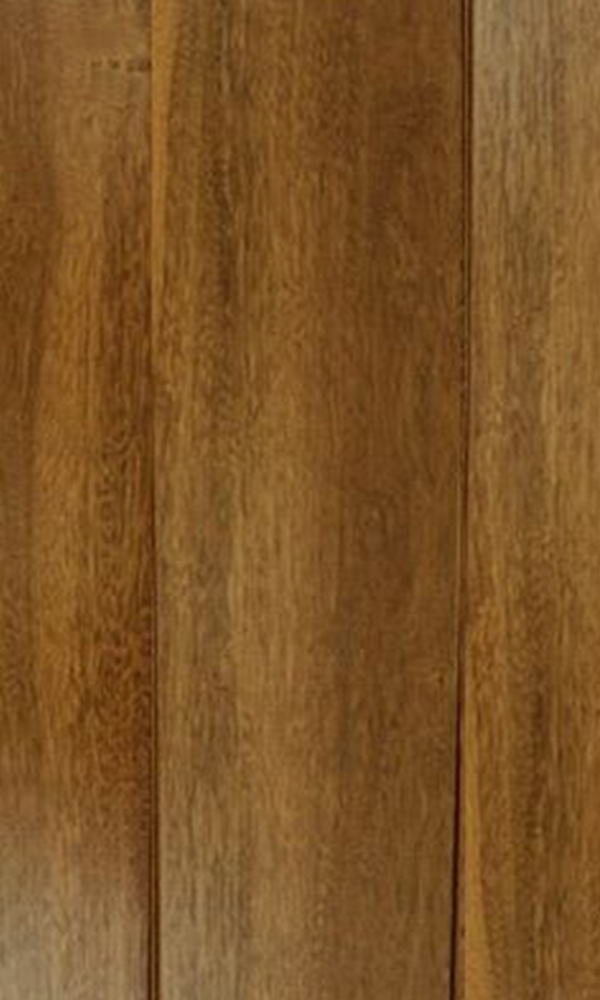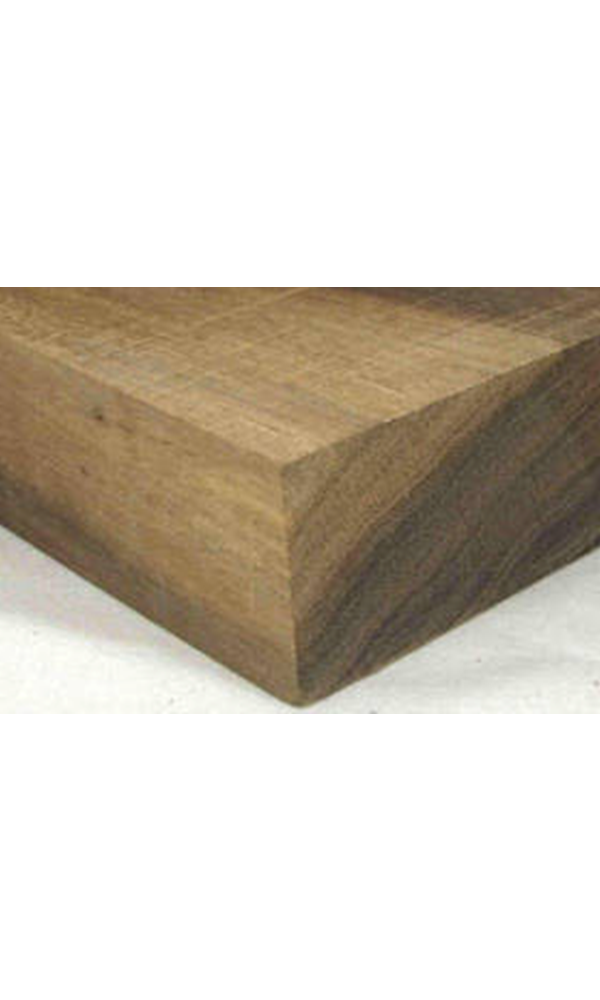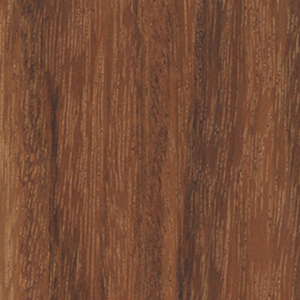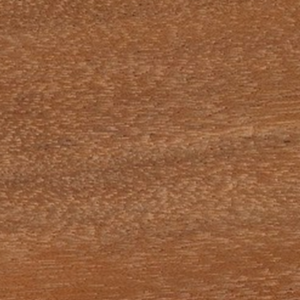- Common Name(s):Jucaro, Pucte, oxhorn bucida, Mexican IPE, Bullywood
- Scientific Name:Terminalia buceras(formerly placed in the Bucida genus)
- Distribution:From Mexico down to northern South America (as well as the Caribbean)
- Tree Size:65-100 ft (20-30 m)tall, 3-5 ft (1-1.5 m) trunk diameter
- Average Dried Weight:61.9 lbs/ft3(990 kg/m3)
- Specific Gravity (Basic, 12% MC):.85, .99
- Janka Hardness:2,940 lbf(13,080 N)
- Modulus of Rupture:21,260 lbf/in2(146.6 MPa)
- Elastic Modulus:2,381,000 lbf/in2(16.42 GPa)
- Crushing Strength:10,770 lbf/in2(74.3 MPa)
- Shrinkage:Radial:
- 4.2%,
- Tangential: 9.2%,
- Volumetric: 13.5%,
- T/R Ratio: 2.5
Jucaro / Pucté / Bullywood / Mexican Ipe
The tree is known by many different names, some of which can be confused with other species. For instance, this species is sometimes called bulletwood, but that is a name much more commonly applied to Manilkara bidentata.The tree is also called black olive, a rather name that’s much more commonly applied to the fruit of the true olive tree, Olea europaea.Additionally, the wood is sometimes sold as Carribean Ipe or Mexican Ipe though the wood is not related to true ipe in the Handroanthus genus.
| Color/Appearance | Heartwood ranges from a pale reddish brown to dark brown, very commonly with an olive hue. Depending on the darkness of the hearwood, the pale yellowish brown sapwood may or may not be clearly demarcated. Flatsawn surfaces commonly having a slightly wavy appearance due to the roey grain. Color and grain become much more pronounced when a finish is applied (see images below). |
|---|---|
| Grain/Texture | Fine to medium texture with interlocked, wavy, or roey grain. High natural luster. |
| Rot Resistance | Very durable; good termite resistance, though susceptible to marine borers. |
| Workability | Tends to be difficult to work on account of its high density and irregular grain. Gluing can also pose problems due to its density and oil content. |
| Odor | Green wood can have a tar-like odor, though dried wood has no characteristic odor. |
| Allergies/Toxicity | Besides the standard health risks associated with any type of wood dust, no further health reactions have been associated with Pucté. |
| Pricing/Availability | Limited availability in North America, Jucaro is sometimes imported under the trade name Pucté (or pukte) as surfaced lumber or decking planks. Within its natural range, the wood is available domestically as heavy construction lumber. Ornamental trees may sometimes be processed on a limited basis (for instance, storm-damaged trees in southern Florida). |
| Sustainability | This wood species is not listed in the CITES Appendices or on the IUCN Red List of Threatened Species. |
| Common Uses | Decking, flooring, exterior furniture, as well as well as posts, piles, and other heavy construction when used domestically. |





Reviews
There are no reviews yet.